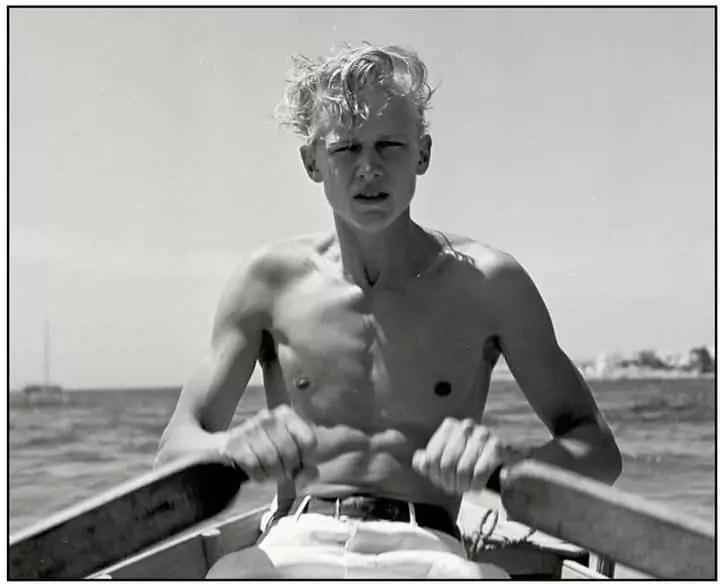Introduction
The concept of Playgirl images has held a unique space in popular culture. Celebrated and debated, these images have been viewed as a form of art, empowerment, and even controversy. But what has allowed Playgirl to endure, and how has it shaped societal views on male sexuality?
This article explores the cultural significance of Playgirl images, their evolution, and their role in creating dynamic conversations about sexuality, identity, and representation. Along the way, we’ll also discuss some tips for finding authentic, respectful representations in a digital world that often blurs boundaries.
The Evolution of Playgirl Images
From Print to Digital Media
When Playgirl magazine launched in 1973, it boldly labeled itself as “Entertainment for Women,” offering a bold twist on the male-dominated world of adult magazines. Featuring sensual photographs of men, it carved out a niche in celebrating male sexuality in a way that felt inclusive and empowering to its audience.
Initially, the focus was on glossy pages and artful photography, catering to women interested in tasteful depictions of men’s physicality. Over time, Playgirl adapted to the shifting media landscape. By the 2000s, traditional print faced competition from digital platforms; today, much of Playgirl’s legacy lives on in online archives, digital portfolios, and cultural references.
These changes mirror broader transformations in media consumption, with images evolving to reflect new aesthetic tastes, inclusivity, and technological advancements in photography and distribution.
Societal Impact of Playgirl Images
Shaping Views of Male Sexuality
Playgirl images opened the door for a new way of looking at masculinity. They offered a counter-narrative to stereotypical “tough guy” depictions of men, instead focusing on sensuality, beauty, and vulnerability.
By portraying men as objects of desire, these images challenged traditional gender norms and introduced more diverse interpretations of male sexuality. This shift sparked important discussions about equality, representation, and the male body’s place in intimate visual narratives.
Catalyzing Cultural Conversations
The magazine’s legacy went beyond its photography, becoming a talking point in broader cultural debates. Topics ranged from the objectification of men to reclaiming ownership of how male sexuality could be defined—or redefined.
Controversy and Criticism
Despite its cultural significance, Playgirl imagery has faced its share of backlash and controversy. Critics argue that any form of objectification—male or female—risks perpetuating unrealistic beauty standards.
Additionally, societal discomfort with open discussions about male eroticism has often placed Playgirl in a precarious position. Where some saw liberation, others saw exploitation or trivialization. These tensions have fueled important ongoing conversations about consent, representation, and responsibility in media and advertising.
The Role of Playgirl Images in LGBTQ+ and Body Positivity Movements

Representation in the LGBTQ+ Community
While initially marketed toward women, Playgirl quickly gained traction within the LGBTQ+ community. For gay men, the magazine and its images became an early space of representation—albeit one not explicitly created for them initially.
This unexpected alliance between Playgirl and the LGBTQ+ audience helped expand conversations about inclusivity and diverse sexual identities. The visuals provided affirmation and celebration, fostering a broader understanding of desire and identity.
Fostering Male Body Positivity
By celebrating different body types over the decades, Playgirl carved out a space for positivity focused on the male form. While early imagery may have leaned toward specific ideals, as time progressed, more varied representations began to emerge.
These depictions encouraged honest discussions about self-image, body acceptance, and beauty standards. Playgirl demonstrated that beauty—and masculinity—could be seen through expansive and inclusive lenses.
Finding Authentic and Respectful Playgirl Images Online
Navigating the Digital Landscape
With the move to digital platforms, the challenge of finding authentic and respectful Playgirl images has become more complex. The sheer volume of content online means that some images may stray far from their intended context or ethical standards.
If you’re exploring this area, keep the following in mind:
- Credibility First: Seek out original sources, archives, or reputable websites when looking for Playgirl images. Many offer a curated experience that maintains the integrity of the original work.
- Respect Boundaries: Avoid platforms that promote unethical sharing of images or exploit the individuals depicted. Respect for models and creators is vital.
- Explore Legal Resources: Online archives, such as authorized collections and subscriptions, provide access to Playgirl’s photographic legacy legally and responsibly.
Celebrate Art, Not Exploitation
Work to appreciate and celebrate the artistic aspects of Playgirl imagery while staying critical of platforms or content that lack ethical transparency. Media literacy is your best ally when navigating the intersection of art and commerce.
Why Diversity and Consent Matter
At the heart of the Playgirl legacy lies one undeniable truth—representation matters. Whether it’s pushing boundaries on male sensuality, fostering inclusivity in media, or affirming LGBTQ+ identities, the images serve as a reminder of the power of visuals to tell complex, challenging, and inspiring stories.
Going forward, it’s increasingly clear that consent, diversity, and authenticity must remain central in discussions around all depictions of the human form. These values ensure that art can empower—not exploit—and that representation brings forward nuanced narratives instead of reinforcing stereotypes.
Conclusion
The legacy of Playgirl imagery is both influential and contentious, serving as a landmark in the ongoing dialogue about gender, representation, and identity. By challenging traditional perceptions of male sexuality and embracing a spectrum of diversity, Playgirl has played a crucial role in broadening societal attitudes towards inclusion and body positivity. Its evolution from print to digital highlights the dynamic nature of media and its capacity to adapt and thrive amidst changing cultural landscapes. As we continue to explore the intersections of art, consent, and representation, Playgirl stands as a testament to the transformative power of visual media in shaping and reflecting societal values. Looking forward, the emphasis on diversity, respect, and authenticity ensures that such dialogues will evolve in ways that empower and uplift all individuals.




